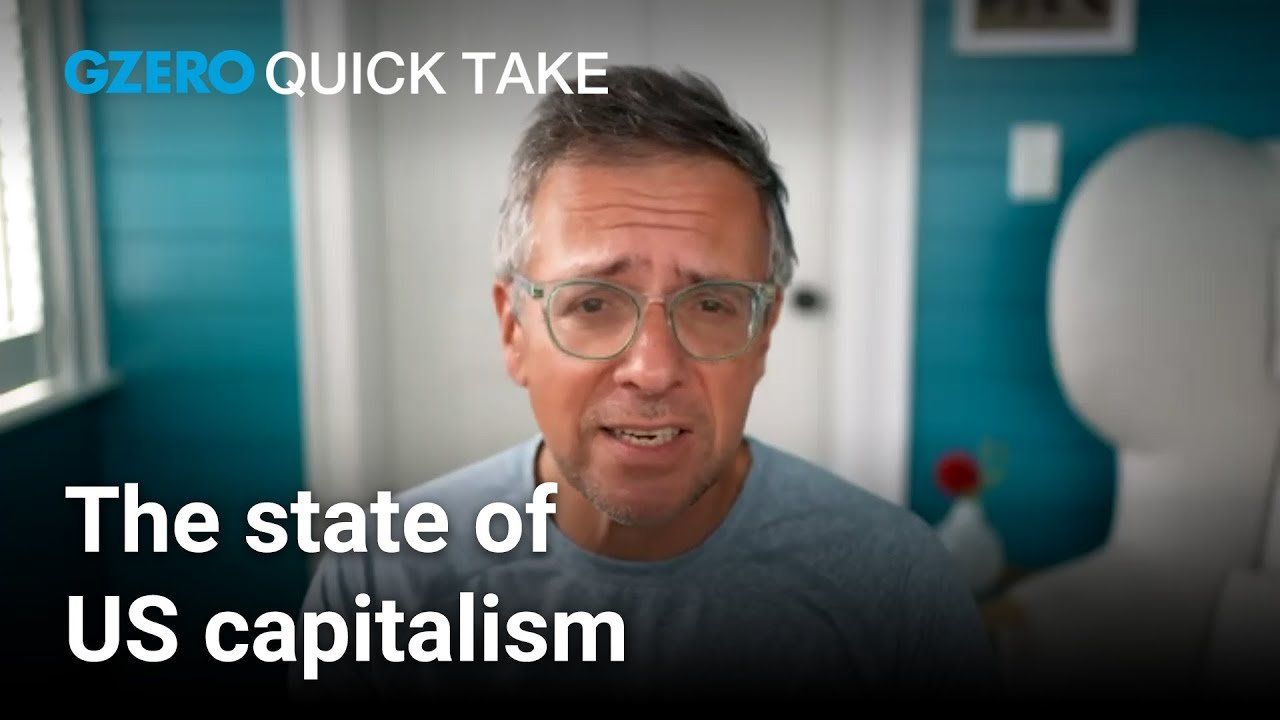
Ian explains why “free market capitalism” looks very different today than in decades past. Recent news that the US government is taking a 10% equity stake in Intel is just one example of Washington moving toward a more state-driven economic model.
While government subsidies for strategic industries like semiconductors may make sense, Ian warns that other industrial policies, like trying to re-shore large-scale manufacturing, risk being backward looking. Ian also argues that much of what passes for capitalism in the US is really oligarchy: corporations using lobbying to secure entrenched advantages and offloading the costs of their business models onto the public.
Meanwhile, China has thrived with state capitalism for 50 years, and the US is increasingly trying to compete by playing the same game. But Ian raises concerns that America’s short political cycles and policy whiplash make it poorly suited for long-term state-led planning, and that the benefits often flow disproportionately to the wealthy.
The bottom line: Ian believes the US needs more capitalism, not less, but it has to be, “capitalism that runs in a competitive environment, where no one gets to capture the political process, and where losses are seen as responsibilities of corporations, just as profits are.”